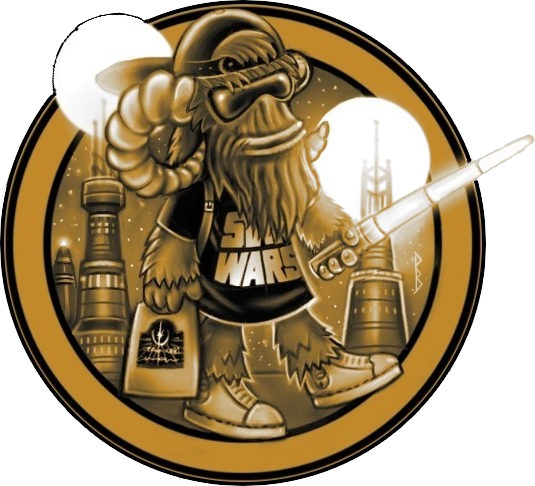As all of Lucasfilm dove into the enormous work required to bring Return of the Jedi to the screen, one element of the jigsaw was about to see – or hear – a massive leap forward. As Sprocket Systems, better known today as Skywalker Sound, along with the Graphics Group (aka Pixar) and ILM moved into a new facility on Kerner Boulevard, an audio engineer figured out an ingenious way to get the best sound from the mixing room.
Tomlinson Holman was a skilled audio engineer and scientist largely responsible for the design of the theater. As a creator of preamplifiers and fascinated with acoustics, he’d joined Lucasfilm in 1980. In the process of enhancing the setup for Sprockets’ new theater, Holman invented a complex system the arranged speakers to best fit the architectural space within the theater. Using an intricate crossover network that integrated equipment with the room’s unique acoustics, it became perhaps the best quality system anyone could remember hearing.
Sprocket Systems sound-mixed Return of the Jedi in the room, the first Lucasfilm production mixed in northern California. Visiting filmmakers and studio executives were astounded at what they heard. Holman took to calling the sound system “THX,” standing for “Tomlinson Holman Crossover,” but also a coy reference to George Lucas’ first theatrical feature film, THX 1138.
Although Lucasfilm’s own facility was among the best in the world, this would matter little if the experiences of the audience in their local movie theaters were of poor quality. No uniform standards existed for theaters, either for speaker systems or visual projection. Many were in disrepair, plagued by ambient noise, reverberation, or dim screens. To ensure that the audience experienced the film as they had created it, Lucasfilm commenced a Theater Alignment Program (known as TAP), which urged theater owners to improve their facilities.
- Hardcover Book
- LucasFilm (Author)
- English (Publication Language)
- 96 Pages - 01/11/2022 (Publication Date) - VIZ Media LLC (Publisher)


